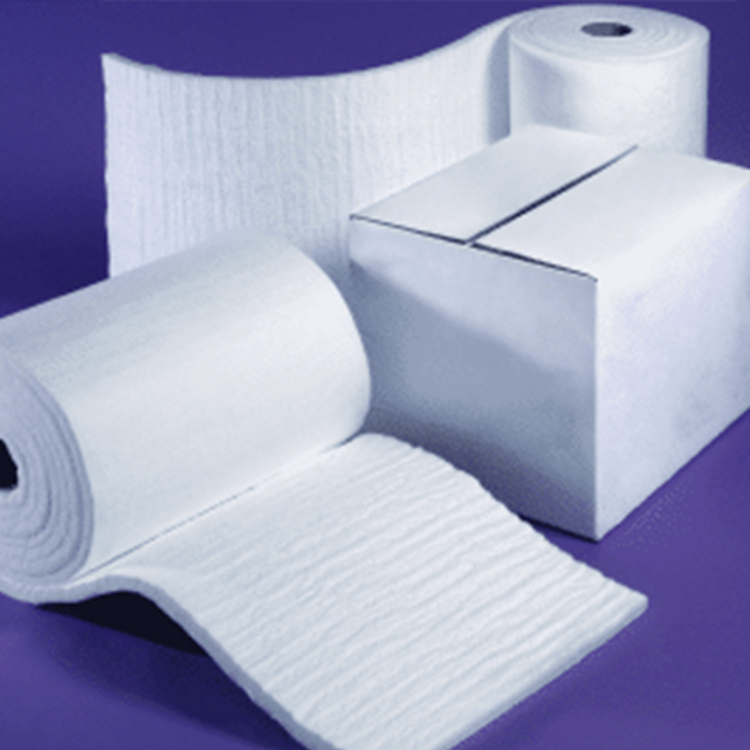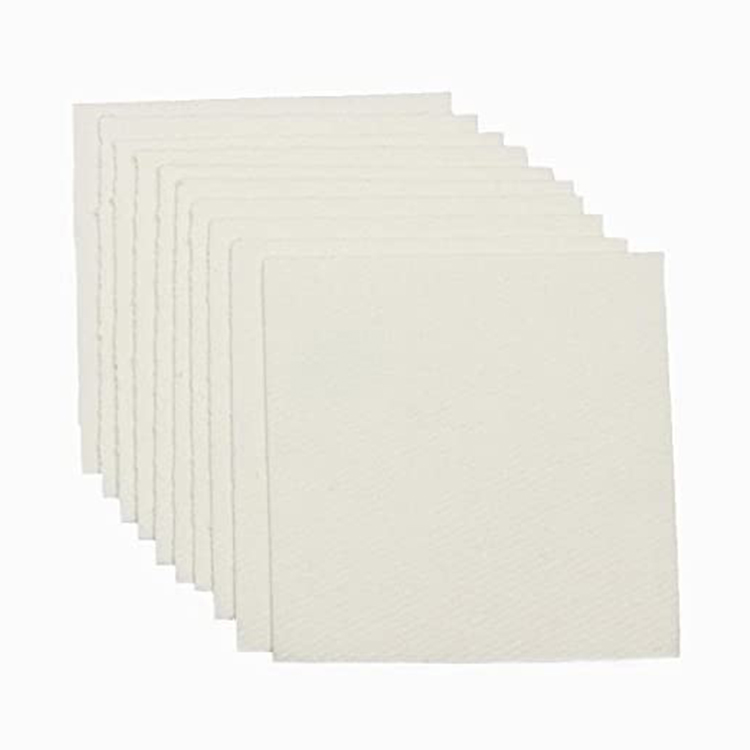The integrity and longevity of kiln furniture in high-temperature industrial furnaces are largely dictated by the thermal expansion characteristics of refractory materials. Frequent thermal cycling—rapid heating and cooling—induces stress, leading to cracking, deformation, and ultimately costly downtime and product loss. This article provides a detailed comparison of three predominant refractory materials—andalusite (堇青石), corundum (刚玉), and mullite (莫来石)—analyzing their thermal expansion coefficients, creep resistance, and thermal shock tolerance within typical operational ranges of 1000°C to 1300°C. By synthesizing empirical data and real-world applications, it guides technical decision-makers in ceramics, metallurgy, and glass manufacturing in selecting optimal kiln furniture to maximize furnace efficiency and reduce operational risks.
Thermal expansion coefficient (TEC) is a critical factor influencing the dimensional stability of refractory materials under heat. Materials with mismatched TEC experience internal stresses during heating or cooling, often causing microcracks or warping. Among commonly used refractory materials:
| Material | TEC (×10⁻⁶ / °C, 20°C to 1200°C) | Typical Application Temperature (°C) | Thermal Shock Resistance |
|---|---|---|---|
| Andalusite (堇青石) | 4.5 – 6.5 | 1000 – 1300 | Excellent |
| Corundum (刚玉) | 7.8 – 8.2 | 1200 – 1750 | Moderate |
| Mullite (莫来石) | 5.5 – 7.0 | 1100 – 1400 | Good |
The relatively low TEC of andalusite translates to reduced internal stresses during rapid temperature changes, making it highly suitable for high-frequency thermal cycling environments. In contrast, corundum, with a higher TEC, can suffer from greater dimensional instability but offers superior mechanical strength at extreme temperatures.
Beyond TEC, creep resistance—the ability to resist deformation under sustained high temperatures and stress—is critical for kiln furniture durability. Experimental data indicates:
Thermal shock resistance tests reveal that andalusite kiln furniture withstands upwards of 50 rapid heating and cooling cycles without significant cracking, whereas corundum typically endures fewer than 30 cycles under comparable conditions.
One South European glass manufacturer experienced frequent shutdowns due to cracking in mullite kiln furniture during fast temperature cycling operations. Transitioning to andalusite-based kiln components—offered by the Sunrise brand from Zhengzhou Tianyang—the company achieved a 45% reduction in premature kiln furniture failure over a 12-month monitoring period. Product quality consistency improved by 12%, evidencing the critical role of thermophysical matching to operational demands.

“Selecting refractory materials with an optimized thermal expansion profile is paramount for minimizing downtime and extending kiln life, particularly in high-duty cycle sintering processes.” – Dr. Elena Marquez, Senior Materials Engineer, Global Ceramics Institute
To enhance decision-making during refractory selection, consider these actionable steps:
These protocols underpin a strategy that balances thermo-mechanical performance with operational cost-effectiveness.

Have you encountered specific kiln furniture failures or deformation issues in your operations? Which refractory materials did you test, and what performance insights can you share?
Engage with us to exchange practical challenges and solutions in refractory selection.
For industrial operators seeking proven reliability under dynamic temperature conditions, the Sunrise brand andalusite kiln furniture from Zhengzhou Tianyang offers a balance of low thermal expansion and excellent thermal shock resistance, tailored to the demanding sintering processes in Southern Europe and the Middle East.

